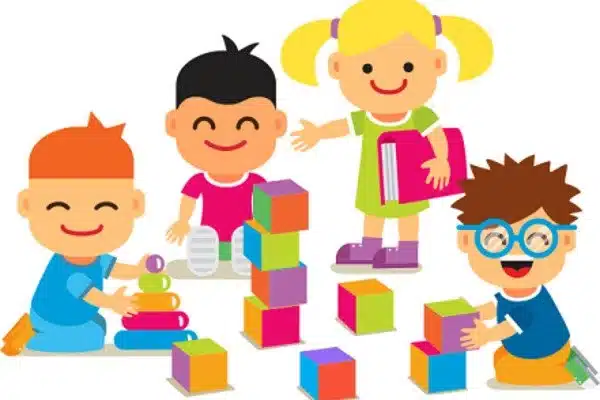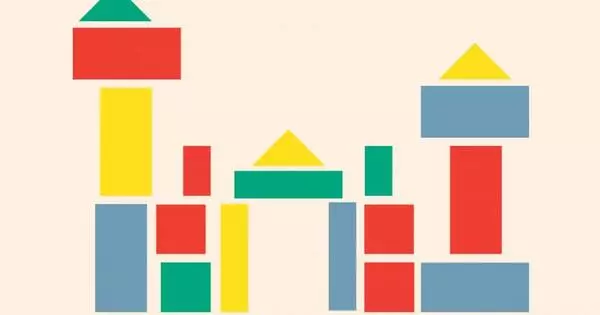Pretend play, also known as imaginative play or make-believe play, involves creating a fictional scenario and acting it out using one’s imagination. It is a common activity among young children and has been observed in many different cultures. Studies have shown that pretend play can benefit children in many ways, such as improving their language skills, problem-solving abilities, and emotional regulation. It can also help them develop social skills, such as taking turns, sharing, and cooperating with others.
According to the researchers, there is evidence that infants are exploring the world of make-believe before they are even aware of it. A new study into the origins of pretend play suggests that infants engage in interactional patterns with elements of pretence much earlier than previously thought.
Pretend play is frequently regarded as a developmental milestone, with links to emotion regulation, language skills, cognitive reasoning, and problem-solving. It is widely accepted that a child begins participating in pretend play when they have developed the ability to recognize that they are doing so, and most studies focus on infants who are somewhat verbal.
However, new research by the University of Portsmouth and Lund University, Sweden, has drawn connections between pretence and a child’s early on playful interactions, such as clowning and teasing.
There is observational evidence of a child as young as eight months old pretending to give an object to someone, then withdrawing it as soon as they reach out.
Valentina Fantasia
Iris Nomikou, from the University of Portsmouth’s Department of Psychology, said: “We often see children using props that stand for something else, like a stick as a sword or a bowl as a hat. But before they become directors of imaginary worlds, they start off small by being actors and performing something unconventional.
“This can include making strange facial expressions, making unusual noises, and even infant acting — acting as if they’re going to do something when they’re not — in order to attract the attention of a parent, caregiver, or friend.”
Pretend play is typically defined as a symbolic activity in which a signifier (e.g., a banana) is used to represent the meaning of a signified (e.g. a telephone). However, the paper, published in the Journal of Applied Psycholinguistics, claims that there are differences in its quality, emergence, and developmental progress across contexts and cultures.

The authors argue that pretense should be defined as an interpersonal phenomenon rather than a byproduct of cognitive development. Its origins can then be shifted much earlier in childhood than was previously thought possible.
“There is observational evidence of a child as young as eight months old pretending to give an object to someone, then withdrawing it as soon as they reach out,” said Valentina Fantasia of Lund University’s Department of Philosophy and Cognitive Science.
Although most parents and caregivers have had these types of interactions, little attention has been paid to researching their broadest developmental impact or the continuity that exists with pretend play.
“What these earlier and later forms of action have in common is that they provide spaces for infants and children to construct and explore various kinds of realities with meaningful others.”
The study suggests further research into early form pretend play to see how it can be encouraged at a younger age. If more emphasis is placed on the role of early caregiver-infant interactions, such as parents reading a book in the voice of a character or playing peek-a-boo, a child can ‘act their part’ from day one of their lives.
Overall, studying pretend play in younger children could help us better understand its role in children’s development and provide insights into how we can support children’s learning and growth.














